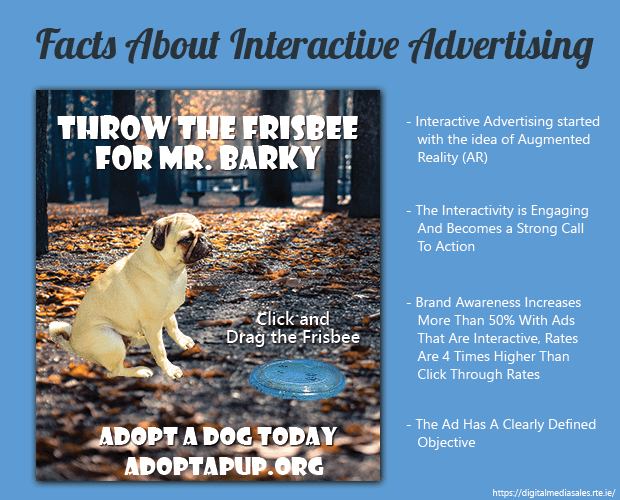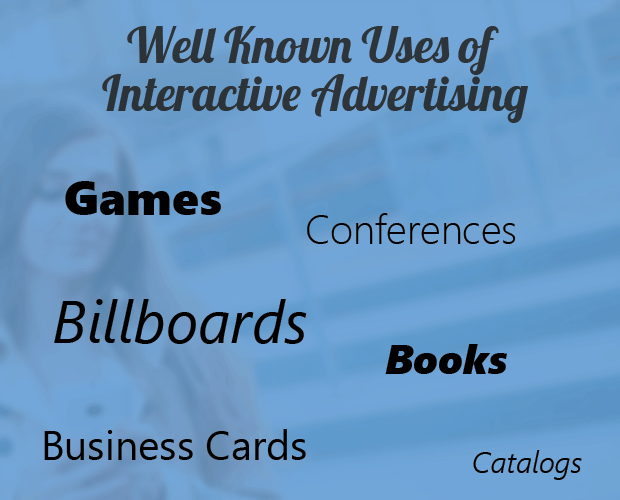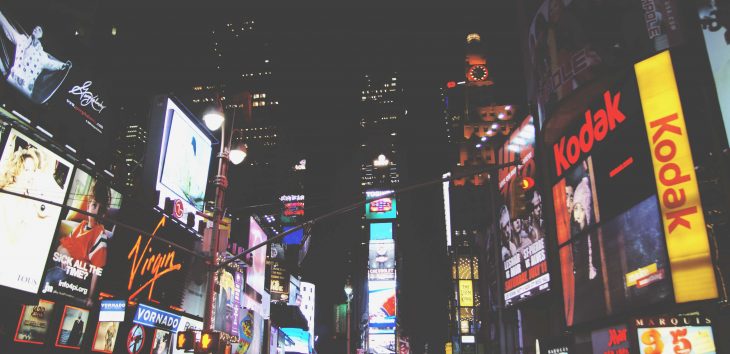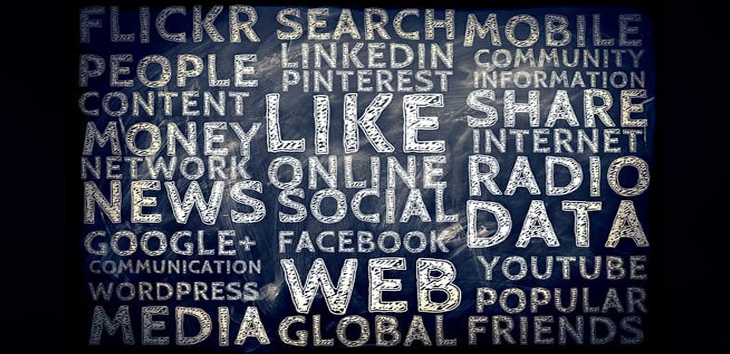Augmented reality, or AR for short, is nothing new in the fast-paced world of advertising. Everyone is familiar with the augmented reality apps builders, contractors and interior designers use to provide a glimpse of what a layout will look like when finished.
But there’s far more to AR than this. Many agencies and marketers are eager to engage their audiences with AR content. Oddly enough, it has taken years for marketing agencies to develop an interest in the technology.
Absolut Vodka launched its augmented reality app, Absolut Truths, in 2012. Pointing an iPhone at the augmented reality tag on the bottle yielded a 4D visual representation of the company’s history, its sources and some handy cocktail ideas.

Later that year, Current Studios launched the Absolut Greyhound World app where customers would scan Absolut billboards to enable an AR experience of their choice. One was a recipe generator in a virtual social platform that surrounded the user with tweets, news and Facebook posts. Another is the virtual greyhound generator that displayed a larger-than-life robot greyhound in front of the billboard.
A campaign for The Peanuts Movie ran for 24 hours on Halloween and cost $750,000, according to Adweek. Peanuts was also used by USPS in 2015, when a Charlie Brown character would creep up next to the users in a picture. In fact, USPS started adopting AR technology since 2014.
Augmented Reality Comes of Age
It wasn’t until Pokemon Go gamers scoured the streets in search of virtual creatures to hit with a pokeball that it became clear that Millennials have an interest in augmented reality. And the trend quickly caught on with AR enabled apps spreading like wildfire in 2016.
Interactive advertising is slowly taking over social media as well. What Absolut started in 2012 with its billboard tags taking you straight to social media platforms, developers are now trying to bring to perfection. Snapchat geared up for augmented reality recently, and businesses started splurging on sponsored geofilters.
Facebook soon followed with its own brand of selfie masks for its users, TechCrunch reports. Mark Zuckerberg reportedly claimed that virtual reality is potentially the most social platform there is, given how immersive it is. The challenge will be making the technology part of everyday life.
In all probability, AR will be just that, and soon. Interactive advertising is all around us now. Here are some of its most well-known uses today:

- Games (Octaland augmented reality flash cards, ViewMaster AR and VR edutainment experience packs);
- Books (Octaland 4D+ interactive colouring books, My Kingdom Books personalized AR story books);
- Conferences (TED VR Montage);
- Catalogs (Vespa, Ikea);
- Business cards (Augment, Toxin Labs);
- Billboards (Absolut Vodka, Volkswagen, Disney).
it’s not really a question of whether interactive advertising is the future. The question is how soon will it become mainstream. Given the soaring rise in augmented reality and virtual reality apps and devices, the answer seems to be the sooner the better. All that’s left now is for even the most conventional type of business to adapt and come up with new ways to market household products.




